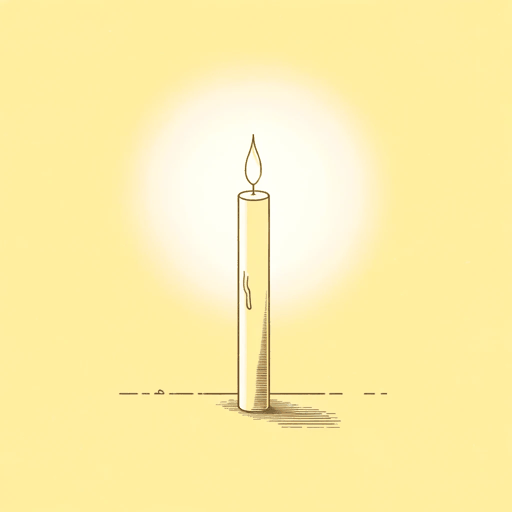41 pages • 1 hour read
Corrie Ten BoomThe Hiding Place
Nonfiction | Autobiography / Memoir | Adult | Published in 1971A modern alternative to SparkNotes and CliffsNotes, SuperSummary offers high-quality Study Guides with detailed chapter summaries and analysis of major themes, characters, and more.
Background
Historical Context: The Dutch Resistance in World War II
The activities of the ten Booms during World War II were part of a broader movement across Holland, often referred to as the Dutch resistance, which stood against the occupying Nazi regime. For the most part, the actions of the resistance were nonviolent, but they could occasionally include acts of sabotage, especially when assisting the Allied advance later in the war. The resistance largely focused on hiding Jewish individuals and other targets of Nazi aggression; this required the broad-scale participation of many Dutch civilians and the use of coded messages, hidden rooms, and other tools of secrecy. Several different networks carried out these activities throughout Holland, many of them independently of other groups. The ten Boom family’s network was one of these groups. The network collectively sheltered hundreds of thousands of people during the war, engaging either the active participation or the passive sympathy of at least a million Dutch citizens.
The Hiding Place holds an important place in the literature of the Dutch resistance and the Holocaust. It is one of several autobiographical works from the period, including, most famously, The Diary of a Young Girl by Anne Frank, which is also set in Holland. Like Frank’s work, The Hiding Place offers a firsthand account of a home that hid Jewish individuals and engaged in resistance work.

